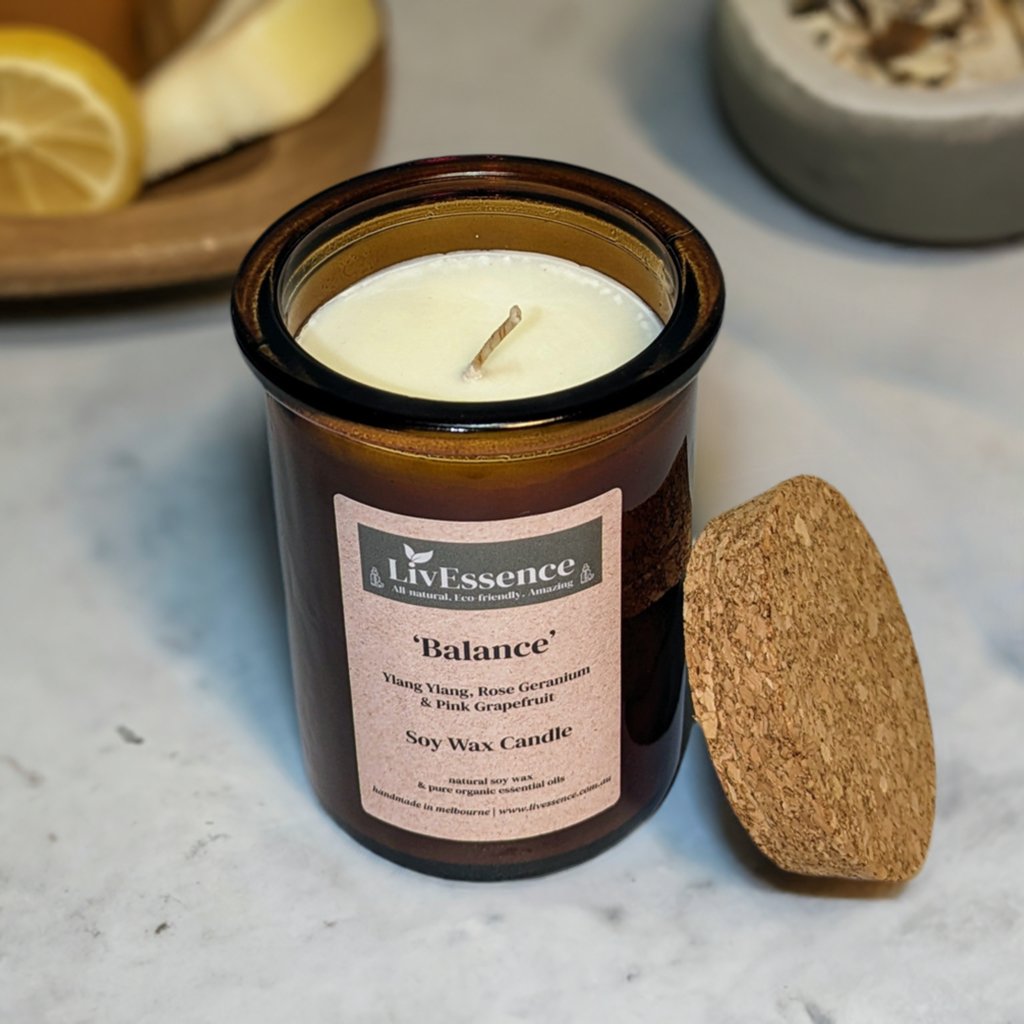Discover the World of Crystal Soy Candles and Home Fragrance Thrills
Discover the World of Crystal Soy Candles and Home Fragrance Thrills
Blog Article
From Wick to Wax: Understanding the Chemistry Behind Soy Wax Candles and Their Environmental Impact
As we brighten our spaces with the warm radiance of candles, there exists a world of elaborate chemistry behind the relatively simple act of lighting a soy wax candle. Join us as we unwind the clinical ins and outs behind soy wax candles and explore their ramifications on our atmosphere.
Soy Wax Vs. Paraffin Wax
When contrasting soy wax and paraffin wax for candle light making, it is essential to understand the distinctive attributes and benefits of each product. Soy wax is a natural, renewable energy acquired from soybean oil, making it eco-friendly and biodegradable - candles. In comparison, paraffin wax is a byproduct of petroleum refining, which raises issues concerning its ecological influence and sustainability
Soy wax candle lights melt cleaner and send out less soot compared to paraffin wax candles, making them a healthier option for indoor air top quality. Additionally, soy wax has a lower melting factor, enabling a longer-lasting candle light that spreads scent better. Paraffin wax, on the various other hand, has a tendency to burn faster and less cleanly, possibly launching dangerous chemicals into the air.
From a sustainability perspective, soy wax is favored for its biodegradability and eco-friendly sourcing, lining up with the growing consumer choice for eco mindful products. While paraffin wax has been a traditional selection in candle light making as a result of its price and convenience of use, the shift in the direction of eco-friendly alternatives like soy wax is obtaining momentum in the market.
Chemical Structure of Soy Wax

Burning Process in Soy Candles
The chemical make-up of soy wax directly affects the burning procedure in soy candles, affecting elements such as melt time, scent release, and ecological impact. When a soy candle light is lit, the warm from the flame thaws the wax near the wick. This fluid wax is after that formulated the wick due to capillary activity. As the liquid wax gets to the fire, it undertakes and evaporates burning. The combustion process entails the vaporized hydrocarbons in the wax reacting with oxygen in the air to produce warmth, light, water vapor, and co2.
The burning efficiency of soy candles is influenced by the pureness of the soy wax and the top quality of the wick. A clean-burning soy candle with an effectively sized wick will generate a consistent fire and reduce residue formation. This not only prolongs the melt time of the candle but also boosts the launch of scents. Additionally, soy wax candle lights have a lower ecological effect contrasted to paraffin candles due to their sustainable and naturally degradable nature.

Environmental Advantages of Soy Wax

Considered a lasting alternative to standard paraffin wax, soy wax uses significant environmental advantages that make it a prominent selection amongst eco-conscious customers. One substantial advantage of soy wax is its renewable sourcing. Soy wax is obtained from soybean oil, which is mostly cultivated in the USA. The farming of soybeans aids support regional farmers and minimizes the reliance on non-renewable nonrenewable fuel sources used in paraffin wax production. Furthermore, soy wax is visit site eco-friendly, suggesting it damages down naturally without releasing unsafe contaminants into the environment. This particular makes soy wax candles a more eco-friendly choice compared to paraffin wax candles, which are made from oil, a non-renewable Home Page source. Soy wax burns cleaner and creates less soot than paraffin wax, contributing to far better indoor air quality and minimizing the demand for cleansing and maintenance. On the whole, the environmental advantages of soy wax align with the growing demand for environment-friendly and lasting items on the market.
Recycling and Disposal Considerations
Recycling and correct disposal of soy wax candle lights play an important duty in maintaining environmental sustainability and minimizing waste in neighborhoods and houses. The first step is to guarantee that the candle has actually burned entirely when it comes to reusing soy wax candles. This can be accomplished by allowing the candle to burn until the wick is no more functional, and afterwards letting the remaining wax cool and strengthen. When the wax has actually strengthened, it can be thoroughly gotten rid of from the container.

In terms of disposal, if recycling is not an option, soy wax candles are naturally degradable and can be safely disposed of in most family waste systems. It is always recommended to examine with regional reusing centers or waste administration services for certain guidelines on candle disposal go to make certain appropriate handling and environmental security.
Conclusion
In final thought, the chemistry behind soy wax candle lights reveals their environmental benefits over paraffin wax candle lights. Soy wax, acquired from soybean oil, burns cleaner and produces less soot when compared to paraffin wax.
When contrasting soy wax and paraffin wax for candle production, it is vital to recognize the distinct characteristics and advantages of each product (home fragrance).Soy wax candle lights melt cleaner and emit less soot contrasted to paraffin wax candle lights, making them a much healthier selection for interior air top quality.Considered a sustainable option to typical paraffin wax, soy wax provides significant ecological advantages that make it a preferred option amongst eco-conscious customers. Soy wax burns cleaner and generates much less residue than paraffin wax, adding to much better interior air top quality and lowering the requirement for cleansing and upkeep.In verdict, the chemistry behind soy wax candle lights discloses their ecological benefits over paraffin wax candle lights
Report this page